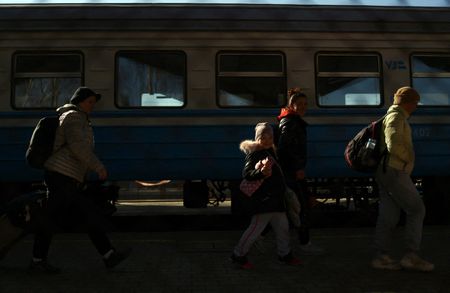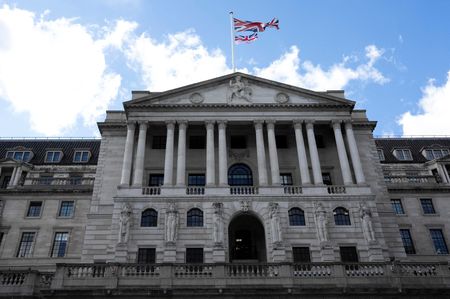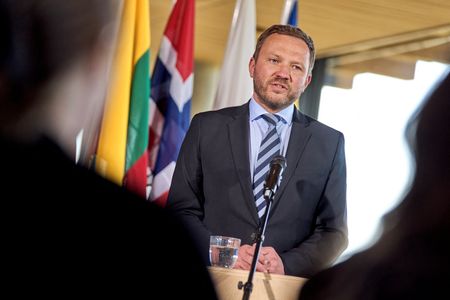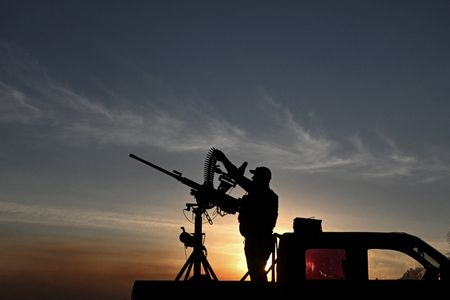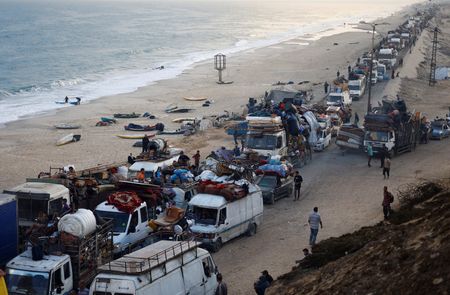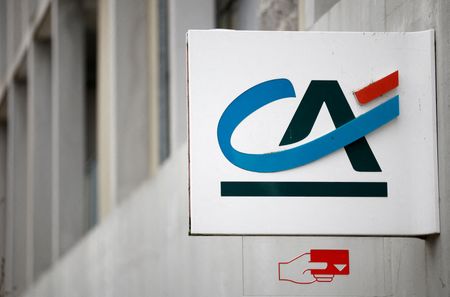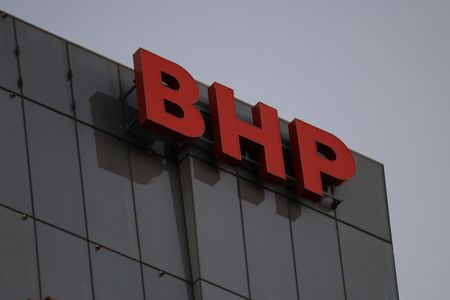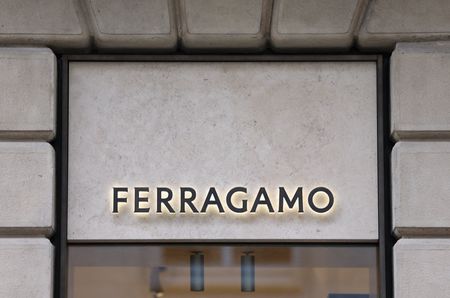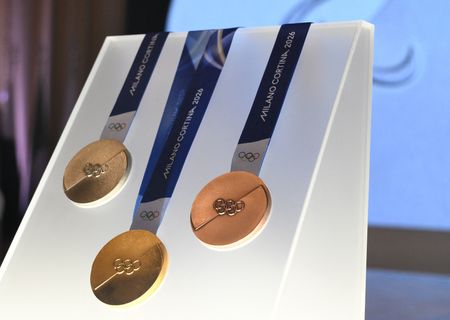WARSAW/BUDAPEST (Reuters) – Ukrainian migrant flows in and out of Central and Eastern Europe (CEE) after the war could prove key to the region’s growth prospects, S&P Global said in a report, with possible effects on economic output ranging from -6% to 3%.
Nearly half of Ukrainian refugees currently in the EU live in the 11 CEE countries of the bloc, providing a major boost to their labour markets. The CEE-11 account for less than a quarter of the EU’s total population.
“The direction of economic growth in Central and Eastern Europe could be determined by post-war Ukrainian migration, with the current boost from Ukrainian workers potentially accelerating or reversing,” S&P Global said in its report.
The economic growth impact of refugee flows in the region’s most exposed countries could range from -6% to 3%, it said.
As of June, the Czech Republic hosted the largest number of Ukrainians relative to its population size, at 3.5%, followed by 2.6% in Poland, the region’s biggest economy, 2.5% in Estonia and 2.4% in Slovakia, S&P Global said.
The longer the war drags on, the more likely it is that post-war Ukrainian net immigration will be net-positive, it added.
“Due to Ukraine’s martial law, the vast majority of migrants are women and children. In the event of a ceasefire, we expect families will re-unite in either Ukraine or a ‘host-country’,” the report said.
Once martial law is lifted, S&P Global said, the level of integration of women and children in a host country will be a key determinant of the direction of migration.
With the war now in its fourth year, however, some Ukrainian refugees have faced a backlash, with Poland’s nationalist President Karol Nawrocki recently vetoing a bill on extending benefits provided to the 1 million refugees in the country.
The CEE-11 are Bulgaria, Croatia, the Czech Republic, Estonia, Hungary, Latvia, Lithuania, Poland, Romania, Slovakia and Slovenia.
(Reporting by Karol Badohal and Gergely Szakacs; Editing by Gareth Jones)

